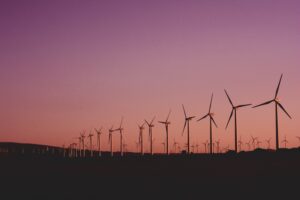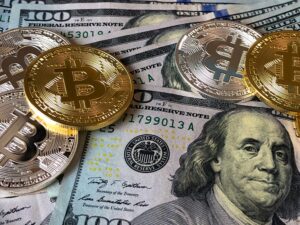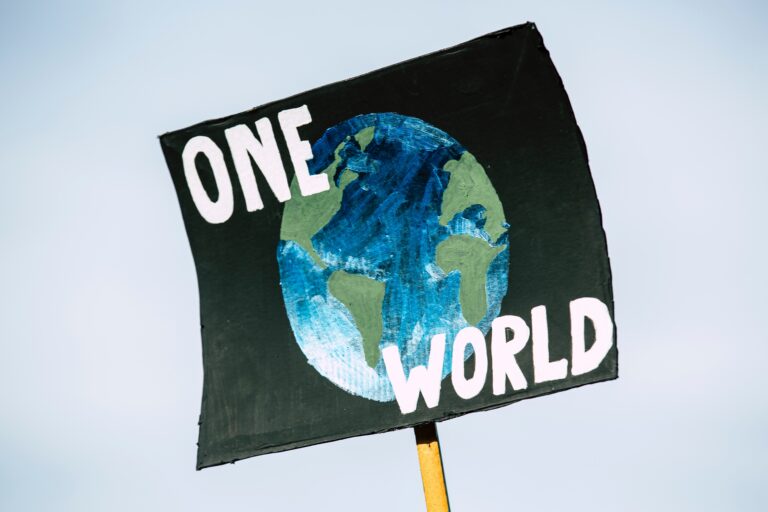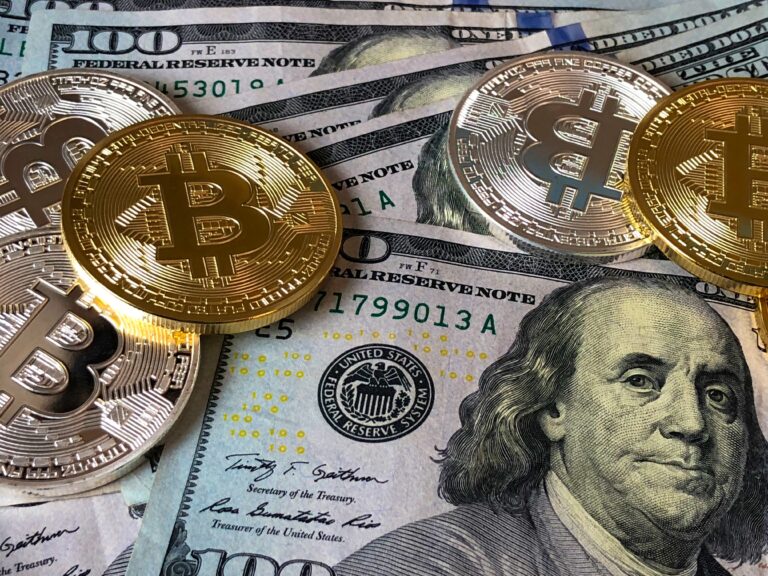Introduction: Balancing economic growth with environmental sustainability is a critical challenge facing societies worldwide. This blog explores the intricate relationship between economics and environmental conservation, shedding light on the strategies and policies required to create a sustainable future.
Body: Environmental degradation can have significant economic consequences. The depletion of natural resources, pollution, and climate change can disrupt industries, damage infrastructure, and lead to substantial economic losses. Recognizing the economic value of a healthy environment is crucial for long-term prosperity.
Sustainable practices and green technologies offer opportunities for economic growth. The transition to renewable energy sources, for example, not only reduces reliance on fossil fuels but also fosters innovation, creating jobs in the clean energy sector. Additionally, conservation efforts, such as sustainable forestry and fisheries management, can ensure the continued availability of crucial resources for future generations.
Policies that internalize environmental costs, such as carbon pricing or pollution taxes, encourage businesses to adopt environmentally responsible practices. By factoring in the true cost of environmental impact, these policies incentivize sustainable production methods and promote the development of eco-friendly technologies.
Conclusion: Economic prosperity and environmental sustainability are not mutually exclusive goals. By adopting policies that promote sustainable practices, investing in green technologies, and recognizing the economic value of a healthy environment, societies can pave the way for a more resilient and prosperous future.















+ There are no comments
Add yours